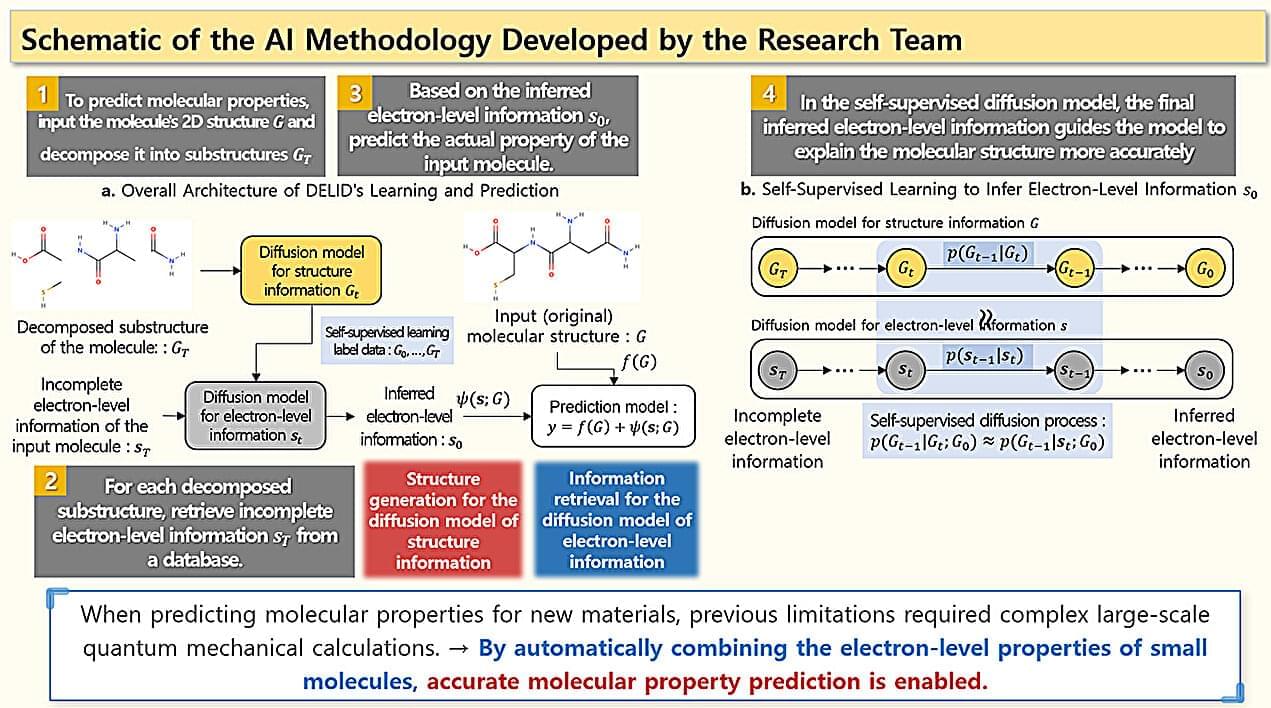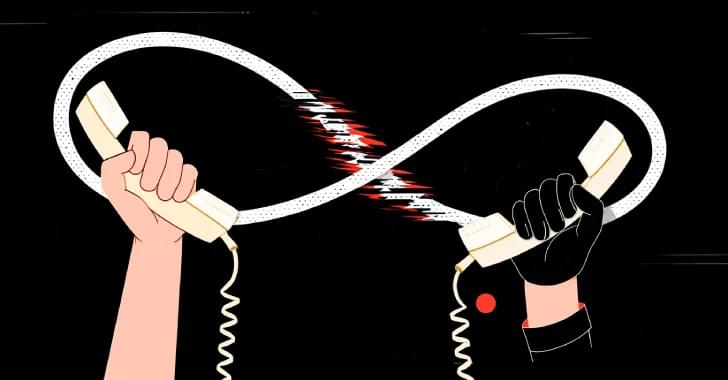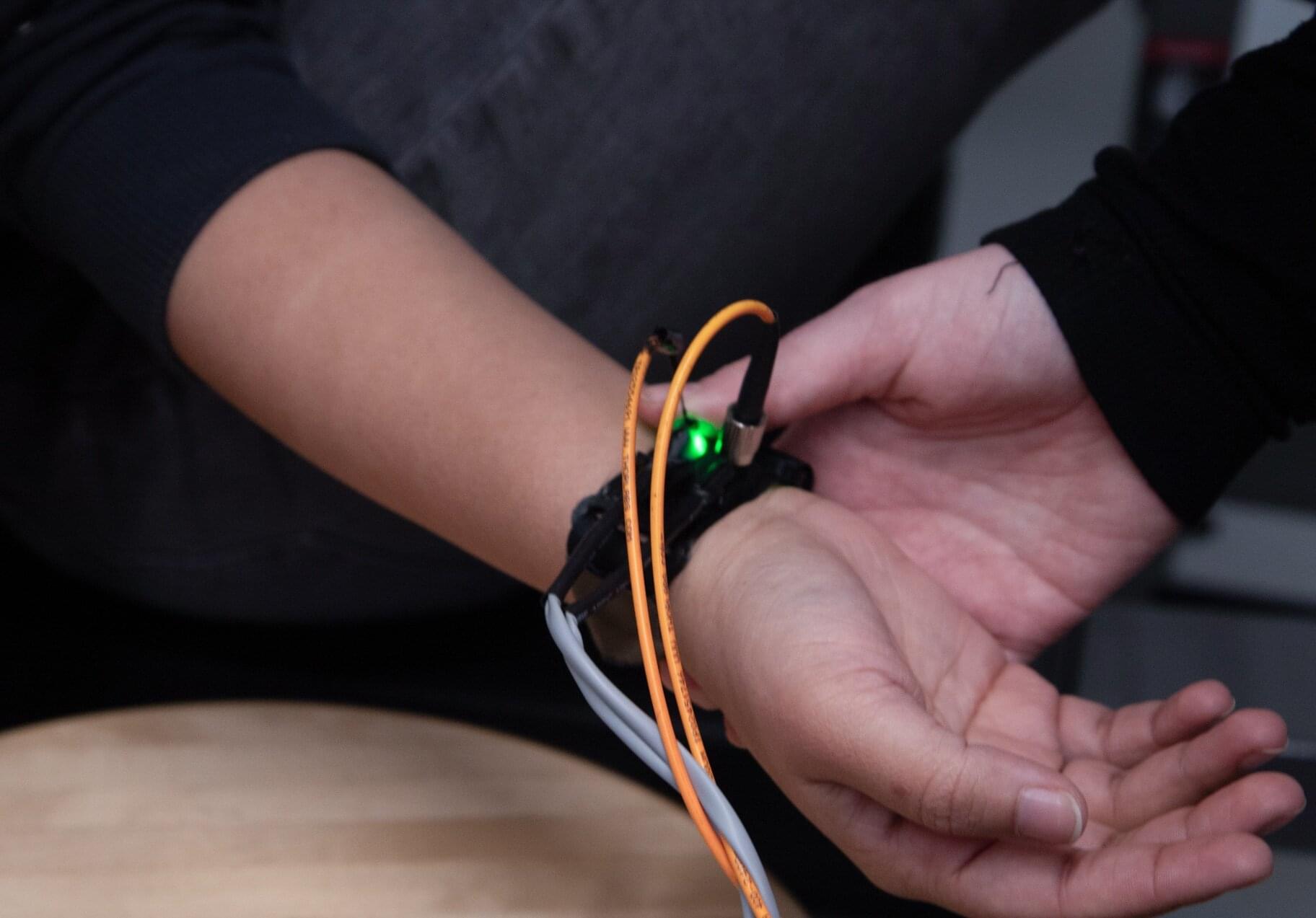Researchers in Korea have developed an artificial intelligence (AI) technology that predicts molecular properties by learning electron-level information without requiring costly quantum mechanical calculations. The research was presented at ICLR 2025.
A joint research team led by Senior Researcher Gyoung S. Na from the Korea Research Institute of Chemical Technology (KRICT) and Professor Chanyoung Park from the Korea Advanced Institute of Science and Technology (KAIST) has developed a novel AI method—called DELID (Decomposition-supervised Electron-Level Information Diffusion)—that accurately predicts material properties using electron-level information without performing quantum mechanical computations.
The method achieved state-of-the-art prediction accuracy on real-world datasets consisting of approximately 30,000 experimental molecular data.







